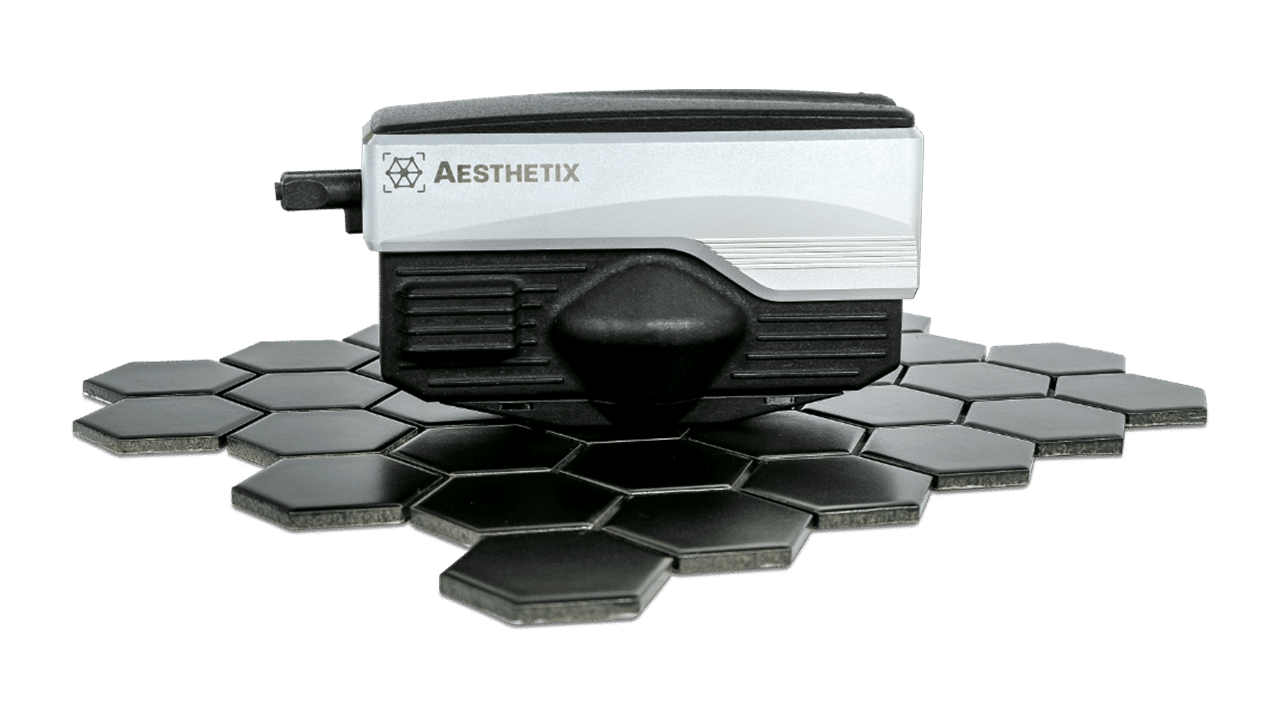Appearance & Measurement Experts since 1986
To determine which system, AESTHETIX or TAMS is more suitable for detecting surface scratches, especially fine or shallow line scratches on high-gloss surfaces, it is essential to compare their measurement capabilities, imaging technologies, and intended use cases.


Technology: AESTHETIX is a modern, image-based gloss meter equipped with high-resolution CMOS cameras and advanced image processing. It captures both the reflected light image (for gloss, haze, sharpness/DOI) and direct surface images (for texture, defects, and uniformity).
Scratch Detection: The latest AESTHETIX models include a 0° camera system (surface imaging camera) that directly images the sample surface under controlled lighting. This allows for the detection and analysis of surface defects such as scratches, swirls, and holograms. The 0° camera, combined with a 10° point light source and a 45° ring light, can highlight fine line scratches and other surface imperfections that may not be visible using only traditional gloss measurement techniques.
Visualisation: The AESTHETIX provides live feedback and high-resolution images, making it possible to visually identify and quantify scratches and other surface defects. The instrument can distinguish between different types of surface damage (scratches, swirls, polishing marks) and is sensitive to directional defects due to its imaging capabilities.
Application: AESTHETIX is designed for comprehensive surface appearance analysis, including gloss, haze, DOI, contrast, and surface uniformity (texture, defects, orange peel). It is suitable for quality control in industries where visual appearance is critical, such as automotive, consumer electronics, and high-end manufacturing.
Technology: TAMS (TAMS surface analyser) is a dedicated instrument for measuring waviness (orange peel) and surface relief on high-gloss surfaces. It is widely used in the automotive and coatings industries for quantifying surface texture and orange peel effects.
Scratch Detection: TAMS is optimised for measuring longer wavelength surface deviations (waviness/orange peel) rather than micro-scale defects like fine scratches. While it can detect some surface irregularities, its primary focus is on texture and waviness, not the direct imaging or quantification of fine line scratches.
Visualisation: TAMS does not provide direct surface imaging. It generates surface profiles and waviness maps but does not offer the same level of visual defect detection as a camera-based system like AESTHETIX.
Application: TAMS is best suited for applications where the main concern is surface smoothness and the presence of orange peel or texture, not the detection of fine scratches or other localised defects.
AESTHETIX is more suitable for detecting surface scratches, particularly fine or shallow line scratches on high-gloss surfaces. Its advanced imaging capabilities, including direct surface imaging and live feedback, allow for the visualisation and quantification of fine scratches, swirls, and other micro-scale defects that TAMS cannot reliably detect. TAMS, while excellent for measuring waviness and orange peel, is not designed for direct scratch detection or visualisation.